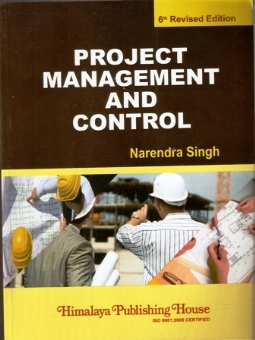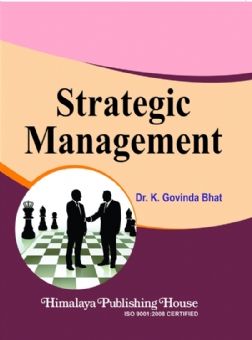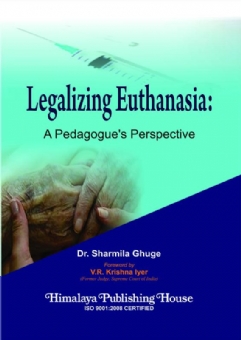The most important purpose of human existence is to carry forward the onward march of civilization and create a world with lesser problems and limitations and with more convenience and happiness. For this, we need to create a system wherein there are no obstructions to freedom and exploration. If humanity gets divided into sections, some of which are better off and the others worse, then the very purpose of human civilization gets defeted. Media has very important role to play in establishing a human community which is free of discriminatory obstructions, where freedom and exploration can flow freely.
But the big question is whether media is living up to its purpose. It is true that ultimately we have to create a society which is free of obstructions and differentiations. But for that to happen, it is very important that we first dismantle and eliminate structures which are prepetuating these separateness and obstructions.
This book tries to measure how effective the English newspapers of Ahmedabad are being in removing these obstructionist and discriminatory structures. It does so by measuring how frequently the English newspapers cover the news related to the discrimination of the four vulnerable groups namely : women, Dalits, tribals and religious minorities. The book (which contains the findings of an M.Phil. thesis undertaken by the author) takes two months period for three English newspapers (The Times of India, DNA and The Indian Express) and counts the frequency with which they cover news related to each of the vulnerable groups. The book also taken interviews of seven qualified experts and interprets them to add value to the findings.
This book has found that, on the whole, newspapers are not doing proper justice to the cause of covering the news of the weaker sections.
Contents –
1. Introduction
2. Subject Introduction
3. Review of Literature
4. Research Methodology
5. Analysis of Data
6. Summary and Conclusions
7. Bibliography
8. Appendices
9. Abstract







